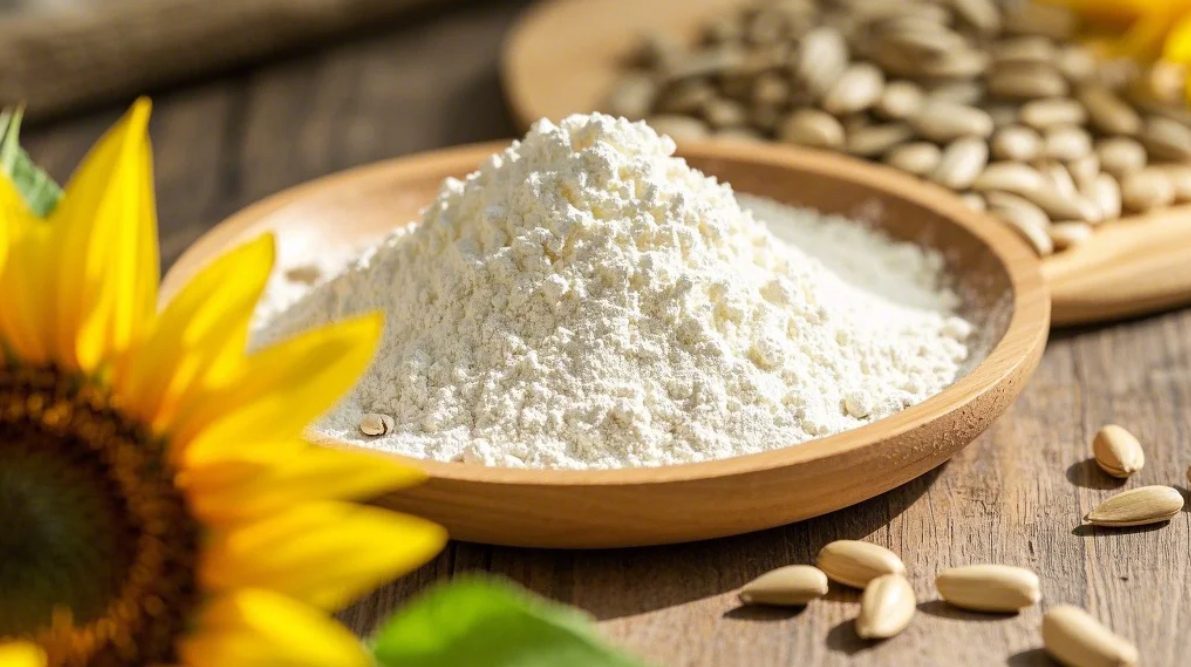Table of Contents
Organic monk fruit extract is a natural sweetener that is derived from the fruit of the Siraitia grosvenorii plant, which grows in Guilin, China. It has been used for centuries in traditional Chinese medicine and as a medicinal tea. It is 300 times sweeter than sugar and has zero calories. It also has antioxidant, anti-inflammatory, anti-diabetic, and anticancer properties.
Market size and growth
The global market for organic monk fruit extract is expected to grow at a compound annual growth rate (CAGR) of 4.7% from 2022 to 2032, reaching US$ 267.8 million by 2032, according to Future Market Insights. The market is driven by the increasing demand for natural sweeteners in food and beverages, especially among consumers who are concerned about health and wellness, diabetes, obesity, and weight management.
Market segmentation by region
The demand for organic monk fruit extract varies by region, depending on the consumer preferences, regulatory environment, availability, and price of the product. According to Global Market Insights, North America is the largest regional market for monk fruit sugar, accounting for 34% of the global market share by 2022. The region has a large number of diabetic and obese patients who are looking for zero-calorie sugar alternatives that do not affect their blood glucose levels. The region also has a growing preference for natural and organic ingredients in baked foods, dairy products, and confectionery.
Asia Pacific is another significant market for organic monk fruit extract, as it is the origin and main producer of the product. China is the leading country in terms of cultivation and production of monk fruit, with more than 98% of the global supply coming from the greater Guilin area. Layn Natural Ingredients is the world’s largest producer of monk fruit extract, having produced it since 1994 and advancing it every year since. The company has partnered with universities and specialists to improve the seedling quality and increase the mogroside-V content in the fruit to industry-leading levels. The company also has the largest scale of contracted monk fruit farms in the world and has established long-standing relationships with farmers to ensure a secure supply chain.
Europe is expected to witness a moderate growth in the organic monk fruit extract market, as the product is relatively new and less familiar to consumers in the region. However, the rising awareness of the health benefits of natural sweeteners and the increasing demand for clean-label products may boost the market growth in the future. The product also faces some regulatory challenges in the region, as it is not yet approved as a novel food by the European Food Safety Authority (EFSA).
Market opportunities and challenges
The organic monk fruit extract market offers various opportunities for innovation and product development, as consumers are looking for tailored solutions that meet their specific needs and preferences. For instance, Lokanto offers a range of monk fruit sugar products for diabetic patients with zero glycemic level and a 1:1 sugar replacement ratio, making it easy to use. The company also offers different flavors and blends of monk fruit sweeteners to suit different applications and tastes.
The market also faces some challenges such as high production costs, limited availability, consumer awareness, and regulatory barriers. The production of organic monk fruit extract requires a lot of labor and resources, as the fruit has a short shelf life and needs to be processed quickly after harvesting. The availability of organic monk fruit extract is also limited by the seasonal nature of the crop and the geographical concentration of its cultivation. Moreover, consumers may not be aware of the benefits and uses of organic monk fruit extract or may have misconceptions about its taste or safety. Regulatory barriers may also hinder the market growth in some regions where organic monk fruit extract is not yet approved or standardized.
Conclusion
In conclusion, organic monk fruit extract is a natural sweetener that has a promising market prospect due to its favorable health effects, superior taste, and high demand in food and beverage applications. The market is expected to grow at a CAGR of 4.7% from 2022 to 2032, reaching US$ 267.8 million by 2032. The market is segmented by region into North America, Asia Pacific, Europe, and others, with North America being the largest regional market by 2022. The market also offers opportunities for innovation and product development to cater to different consumer segments and preferences.

